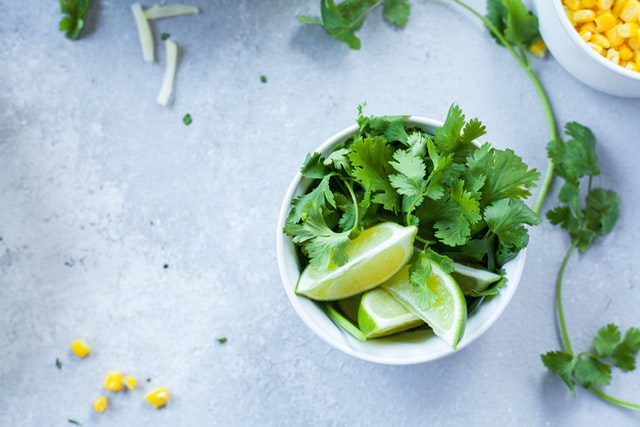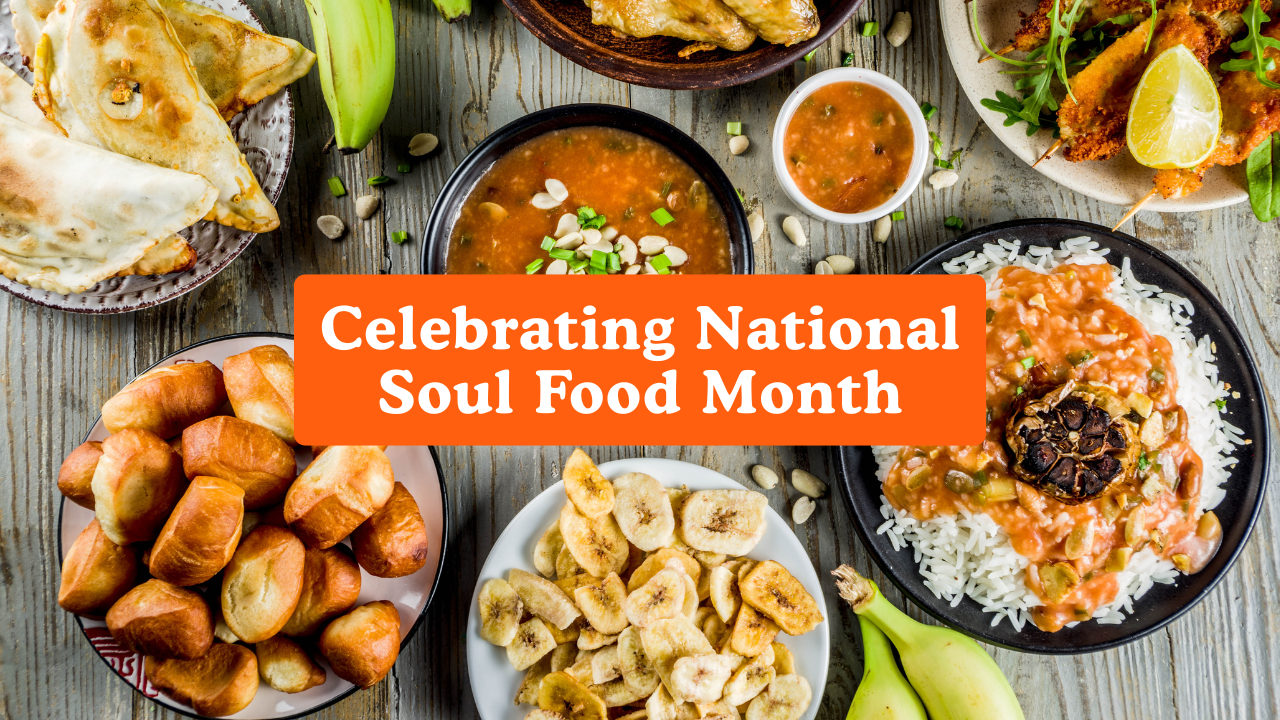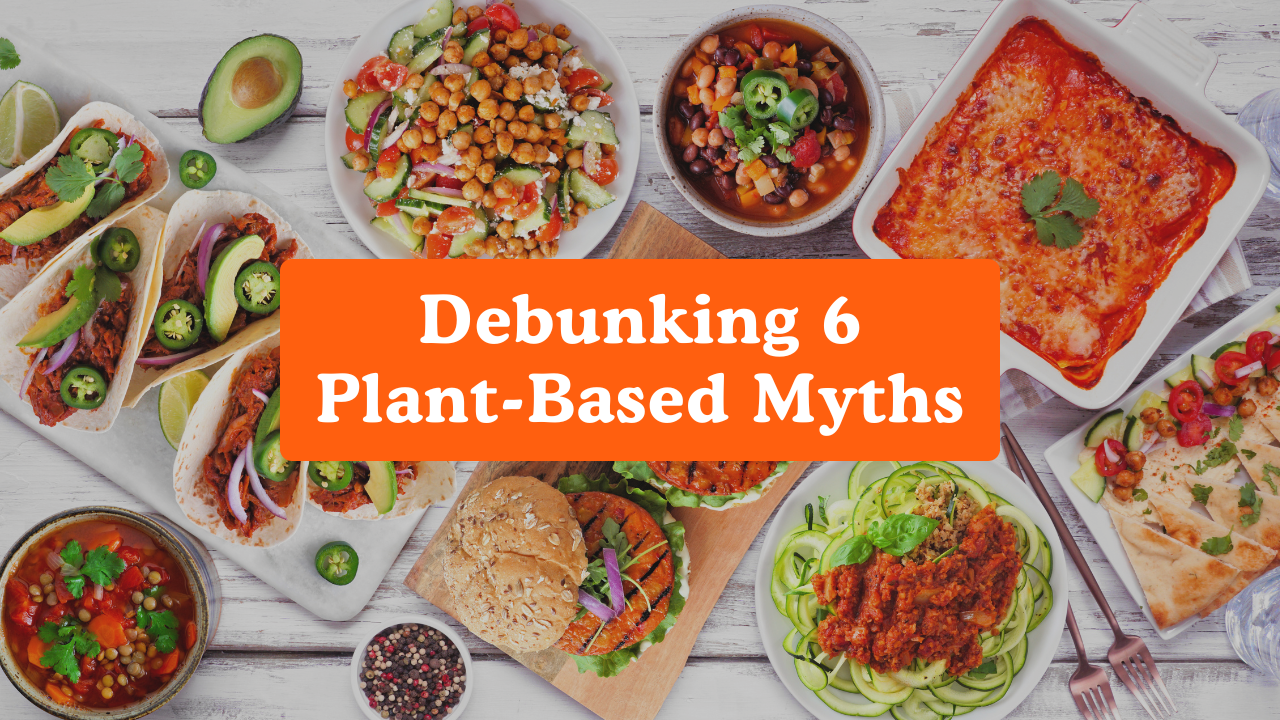I am Dr. Monique, Board-certified Family Physician and Founder of Physician in the Kitchen. With my NEW best-selling cookbook, Doc Fix My Plate! The Physician In The Kitchen’s Prescriptions For Your Healthy Meal Makeover, my other best-selling book, MealMasters: Your Simple Guide to Modern Day Meal Planning, my online course, Vegan-ish: How To Plant-Base Your Pantry and online cooking classes, I help busy households enjoy healthy plant-based eating without impacting their hectic schedules.
Hello MealMasters! People choose to adopt vegan or other lifestyles for a variety of reasons, and they are usually related to improving their health. They may want to eliminate the need for medications to treat their cholesterol or high blood sugar, or maybe they want to lose a few pounds to reach an ideal or preferred weight. By cutting out animal protein, you may notice an improvement in chronic conditions such as joint pain or kidney disease. You may also decrease your risk of developing certain types of cancer. For me, in addition to the known health benefits of a plant-based diet, I truly enjoy experimenting and testing recipes featuring vegetables or other plant-based foods. I also get to create in my “lab” while using my many kitchen gadgets and appliances. This year I am chronicling my journey toward more plant-based meals, and I am sharing with my readers my favorite foods, along with tips and tricks I have discovered along the way.
Today I am continuing my series, Dr. Monique’s Favorite Food ABCs. The foods that are on this list are here because of both their contributions to mouth-watering dishes as well their health benefits. So far we have discussed the following:
- A for Avocado
- B for Beans
- C for Cilantro
- D for Dairy Replacements
- E for Egg Substitutes
- F for Fresh and Frozen Fruits and Vegetables
- G for Ginger and Garlic
- H for Herbs
- I for Indian Spices
- J for Jackfruit
- K for Kale
- L for Lentils
- M for Maple Syrup
- N for Nuts
- O for Orange
- P for Portabello Mushrooms
- Q for Quinoa
- R for Rice
- S for sweet potato
- T for Tomatoes
- U for Unsalted Foods
- V for Vegan Meat Replacement
- W for Water
- X for extra virgin olive oil
- Y for Nutritional Yeast
Well, we have made it to the end of the alphabet but the journey is truly just beginning. I hope you have enjoyed reading this as much as I have enjoyed putting this list together. Hopefully I have introduced you to some new foods or helped you see some old favorites in a new light. We close out this list with Z for Zest. Yes, I am referring to the zest of citrus fruits, but the word nerd in me can’t help but think about the other meaning of zest: great enthusiasm and energy. That describes my approach toward embracing a plant-based diet, and I hope that came across in each blog I have written.
I am going to keep this one short and sweet because I have already discussed some of this in the O for Orange blog. Citrus zest is the best ingredient you have that you are probably not using (I know because I was once just like you). The zest of lemons, limes, and oranges are packed full of flavor (and yes, health benefits) that will elevate the taste of of your food. Believe it or not, the zest actually contains more flavor than the juice of the respective fruits. To get the zest you need to use a microplane or the smaller-sized side of a box grater. Be careful not to go all the way down to the white fibrous part (pith) of the peel. This is bitter and doesn’t taste very good.
To recap, citrus fruit zest contains fiber, Vitamin C, and other antioxidants. Vitamin C helps the body absorb iron, which is important for people with iron deficiency anemia. Lemon peel has antibacterial properties which are good for oral health. Just like so many of the other foods that I have featured in this series, the benefits of eating zest includes lowering risk for cancer, heart disease and boosting your immune system. Lime zest can reduce the risk for asthma and can help you keep a youthful appearance by protecting the skin against the effects of sun exposure. Orange zest contains fiber, beta-carotene (the precursor to Vitamin A), B vitamins, and the mineral calcium. Beta-carotene is the plant chemical that gives sweet potatoes, oranges, and carrots their orange color. Your body converts it to Vitamin A and uses it to protect your eyes from eye disease, and promotes healthy skin and hair.
Be sure to wash your fruits very well to remove residual dirt or pesticide, especially if they are not organic. Do not go out and buy that expensive veggie wash for sale in your produce aisle. Studies have shown they are not more effective than a simple mixture of water and vinegar. You can make a simple produce wash at home by adding one part white vinegar to three parts water in a spray bottle. Spray to coat the surface of the fruit or vegetable and then rinse with clean water.
Citrus zest can be added to a variety of dishes, including appetizers, breakfast, salads, and baked goods. Here is my recipe for a Lime Cilantro Dressing, which can be added to pasta, salad, or your favorite protein. I hope this series has been as helpful of a starting point for you as it has for me. Now go forth and create your own nutritious and delicious plant-based meals! Please tag me @physicianinthekitchen when you post your mouth-watering photos! Remember: #eatyourcolors and #investinyourhealthoneplateatatime.
Be sure to join me weekly on the Clubhouse app, Mondays at 6 pm EST as I discuss my journey toward more plant-based meals as well as tips and tricks I have learned along the way that may help you as well.
See you in the kitchen!

For more information, be sure to visit me at DrMoniqueMay.com, and join the #MealMastersCommunity at www.Facebook.com/groups/mealmasters today.
Follow me on Instagram at https://www.instagram.com/drmoniquemay and https://www.instagram.com/physicianinthekitchen/ and Facebookat https://www.facebook.com/DrMoniqueMay and https://www.facebook.com/physicianinthekitchen.




